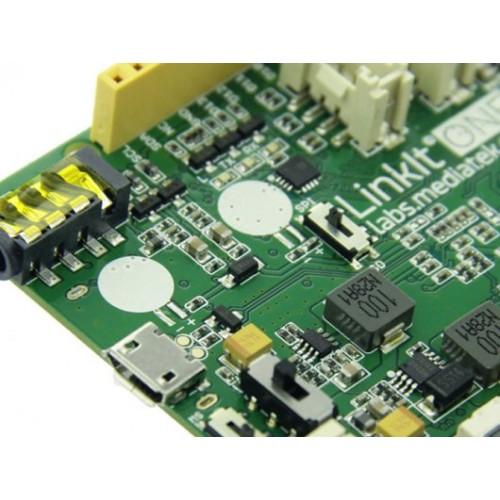
Loop Mode: Self-testing, in this mode, the analyzer will send and receive data itself, and also send data to CAN Bus. Response to data received from a certain ID.Ĭan set to receive from the wanting ID directly, without setting filtering ID or shield ID. Support CAN2.0A(Standard) and CAN2.0B(Expansion)ĬAN baud rate(5K~1M), customized CAN baud rate.ĬAN send and receive data with time tag,can show the receiving data in order,can refresh data easily.ĭata can be sent by single frame, multiple frames, manually, regularly, you can even set a certain time to send. If you want to know more, please check 120-ohm terminating resistor page from NI. Normally, you need to keep this jumper cap because the CAN device under test and the CAN analyzer are at the ends of the CAN network. Conversely, when you remove the jumper cap, the resistor will not be added into the circuit. When you add this jumper on, a 120Ω terminating resistor will be added to the circuit. You can see an onboard green jumper cap as the following figure shown. Receiving data can be refreshed and checked in order.Customized receiving ID, easy to debug.Decimal number show both value with symbol and without symbol, don’t need to use calculator. Hex number converts to Decimal number visualized in the software.

Saving the customized settings automatically.Optimized the conversion protocol, improved conversion efficiency.You can just communicate your CAN Bus device with your computer via the USB cable, then this tiny case will work as your can bus analyzer tool, can bus diagnostic tools, or can bus scanner. Compared with the 50$ or more expensive CAN Bus Analyzer, CAN Bus Tester, or CAN Bus Sniffer, the USB-CAN Analyzer only needs half the price, but it is even more convenient and easy to use. The USB-CAN Analyzer is a cost-effective high quality and easy to use USB to CAN adapter.


 0 kommentar(er)
0 kommentar(er)
